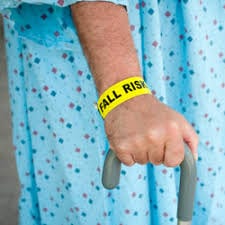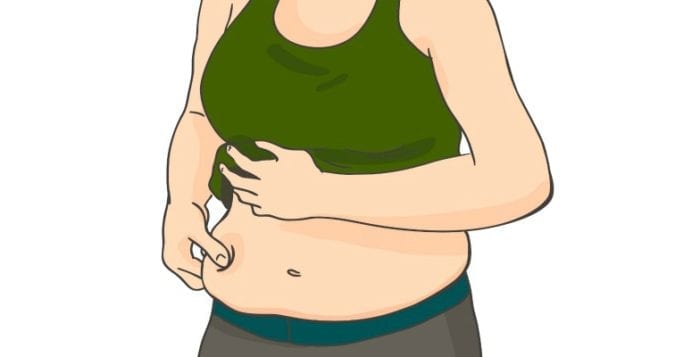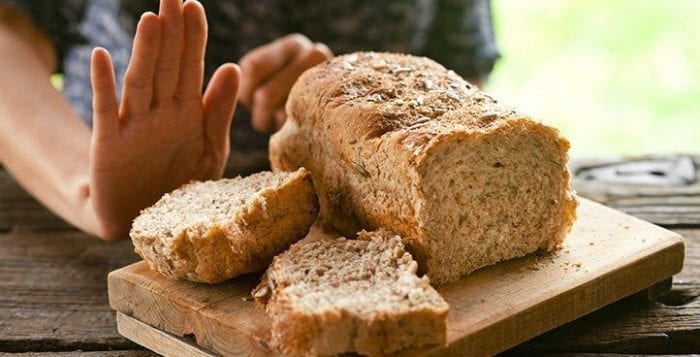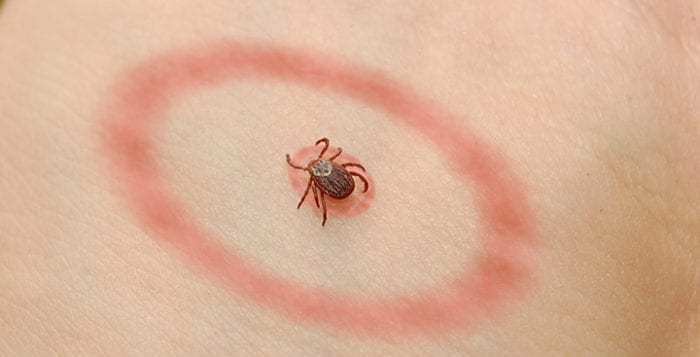Micronutrient-dense foods are most satisfying
By David Dunaief, M.D.

Why do we eat? Hunger is only one reason. There are many psychological and physiological factors that influence our eating behavior, including addictions, lack of sleep, stress, environment, hormones and others. This can make weight management or weight loss for the majority who are overweight or obese — approximately 72 percent of the U.S. adult population — very difficult to achieve (1).
Since calorie counts have been required on some municipalities’ menus, we would expect that consumers would be making better choices. Unfortunately, studies of the results have been mostly abysmal. Nutrition labeling either doesn’t alter behavior or encourages higher calorie purchases, according to most studies (2, 3).
Does this mean we are doomed to acquiesce to temptation? Actually, no: It is not solely about willpower. Changing diet composition is more important.
What can be done to improve the situation? In my clinical experience, increasing the quality of food has a tremendous impact. Foods that are the most micronutrient dense, such as plant-based foods, rather than those that are solely focused on macronutrient density, such as protein, carbohydrates and fats, tend to be the most satisfying. In a week to a few months, one of the first things patients notice is a significant reduction in their cravings. But don’t take my word for it. Let’s look at the evidence.
Effect of refined carbohydrates
By this point, many of us know that refined carbohydrates are not beneficial. Well, there is a randomized controlled trial (RCT), the gold standard of studies, with results that show refined carbohydrates may cause food addiction (4). There are certain sections of the brain involved in cravings and reward that are affected by high-glycemic (sugar) foods, as shown by MRI scans of trial subjects.
The participants consumed a 500-calorie shake with either a high-glycemic index or with a low-glycemic index. They were blinded (unaware) as to which type they were drinking. The ones who drank the high-glycemic shake had higher levels of glucose in their blood initially, followed by a significant decline in glucose levels and increased hunger four hours later. In fact, the region of the brain that is related to addiction, the nucleus accumbens, showed a spike in activity with the high-glycemic intake.
According to the authors, this effect may occur regardless of the number or quantity of calories consumed. Granted, this was a very small study, but it was well designed. High-glycemic foods include carbohydrates, such as white flour, sugar and white potatoes. The conclusion: Everyone, but especially those trying to lose weight, should avoid refined carbohydrates. The composition of calories matters.
Comparing macronutrients
We tend to focus on macronutrients when looking at diets. These include protein, carbohydrates and fats, but are these the elements that have the most impact on weight loss? In an RCT, when comparing different macronutrient combinations, there was very little difference among groups, nor was there much success in helping obese patients reduce their weight (5, 6). In fact, only 15 percent of patients achieved a 10 percent reduction in weight after two years.
The four different macronutrient diet combinations involved an overall calorie restriction. In addition, each combination had either high protein, high fat; average protein, high fat; high protein, low fat; or low protein, low fat. Carbohydrates ranged from low to moderate (35 percent) in the first group to high (65 percent) in the last group. This was another relatively well-designed study, involving 811 participants with an average BMI of 33 kg/m², which is defined as obese (at least 30 kg/m²).
Again, focusing primarily on macronutrient levels and calorie counts did very little to improve results.
Impact of obesity
In an epidemiological study looking at National Health and Nutrition Examination Survey data, results demonstrate that those who are overweight and obese tend to be lacking in micronutrients (7). The authors surmise that it may have to do with the change in metabolic activity associated with more fat tissue. These micronutrients include carotenoids, such as lutein, zeaxanthin, beta-carotene, alpha-carotene and beta-cryptoxanthin, as well as vitamin B12, folate and vitamins C, E and D.
However, supplements don’t compensate for missing micronutrients. Quite the contrary, micronutrients from supplements are not the same as those from foods. With a few exceptions, such as vitamin D and potentially B12, most micronutrient levels can be raised without supplementation. Please ask your doctor.
Steroid levels
The good news is that once people lose weight, they may be able to continue to keep the weight off. In a prospective (forward-looking) study, results show that once obese patients lose weight, the levels of cortisol metabolite excretion decreases significantly (8).
Why is this important? Cortisol is a glucocorticoid, which means it raises the level of glucose and is involved in mediating visceral or belly fat. This type of fat has been thought to coat internal organs, such as the liver, and result in nonalcoholic fatty liver disease. Decreasing the level of cortisol metabolite may also result in a lower propensity toward insulin resistance and may decrease the risk of cardiovascular mortality. This is an encouraging preliminary, yet small, study involving women.
Therefore, controlling or losing weight is not solely about willpower. Don’t use the calories on a menu as your sole criteria to determine what to eat; even if you choose lower calories, it may not get you to your goal. While calories may have an impact, the nutrient density of the food may be more important. Thus, those foods high in micronutrients may also play a significant role in reducing cravings, ultimately helping to manage weight.
References:
(1) www.cdc.gov. (2) Am J Pub Health 2013 Sep 1;103(9):1604-1609. (3) Am J Prev Med.2011 Oct;41(4):434–438. (4) Am J Clin Nutr Online 2013;Jun 26. (5) N Engl J Med 2009 Feb 26;360:859. (6) N Engl J Med 2009 Feb 26;360:923. (7) Medscape General Medicine. 2006;8(4):59. (8) Clin Endocrinol.2013;78(5):700-705.
Dr. Dunaief is a speaker, author and local lifestyle medicine physician focusing on the integration of medicine, nutrition, fitness and stress management.















